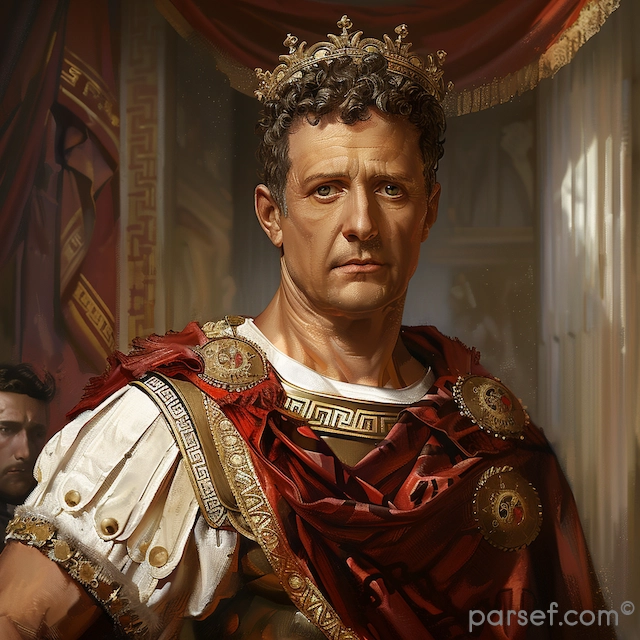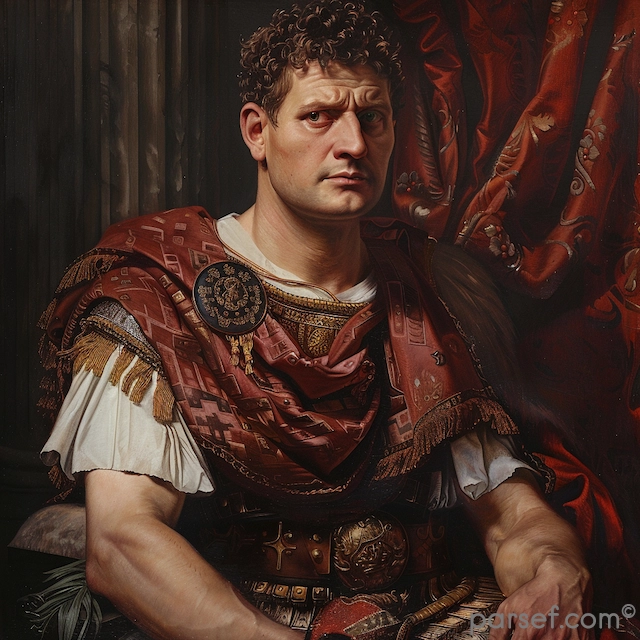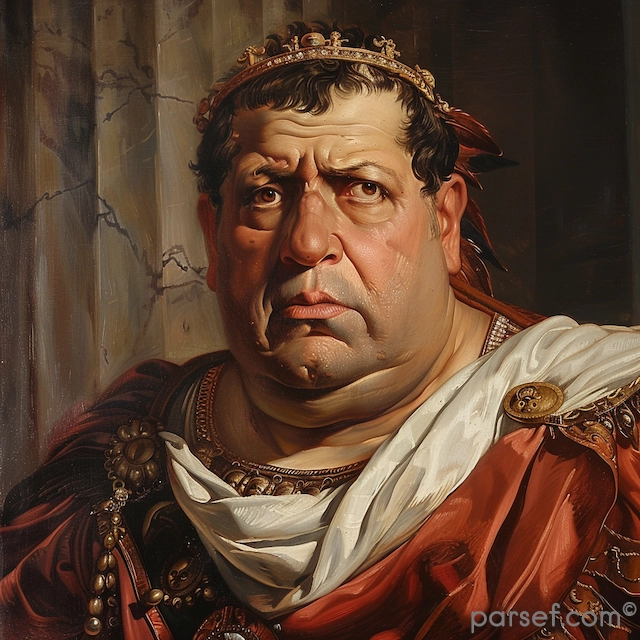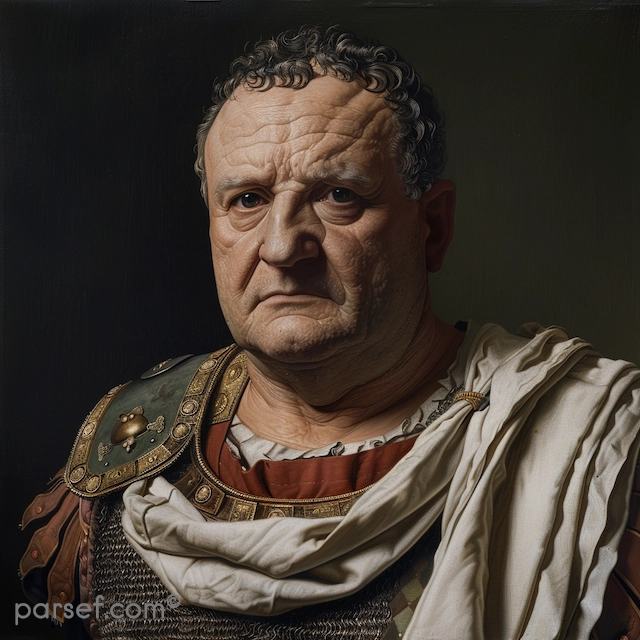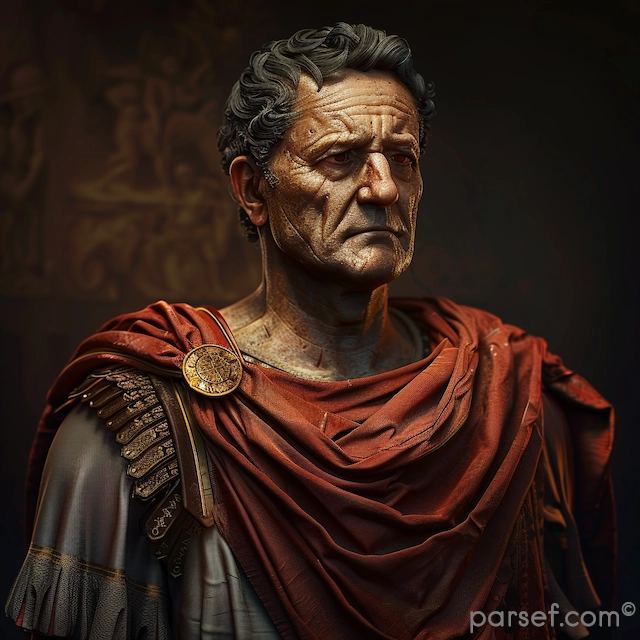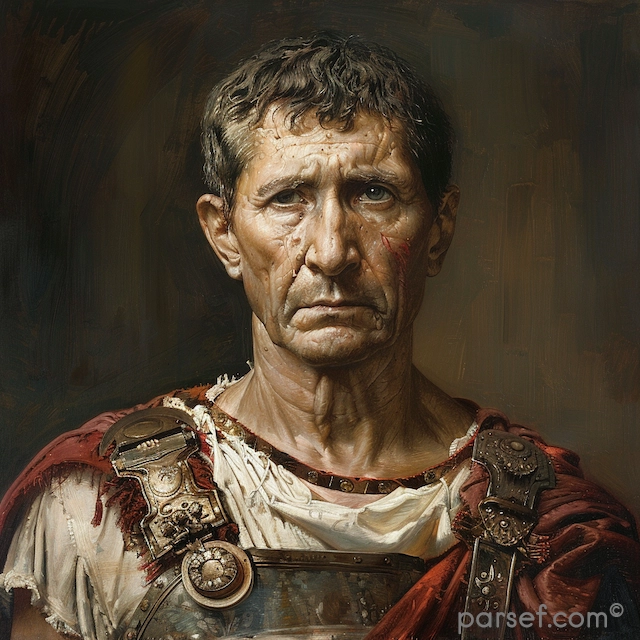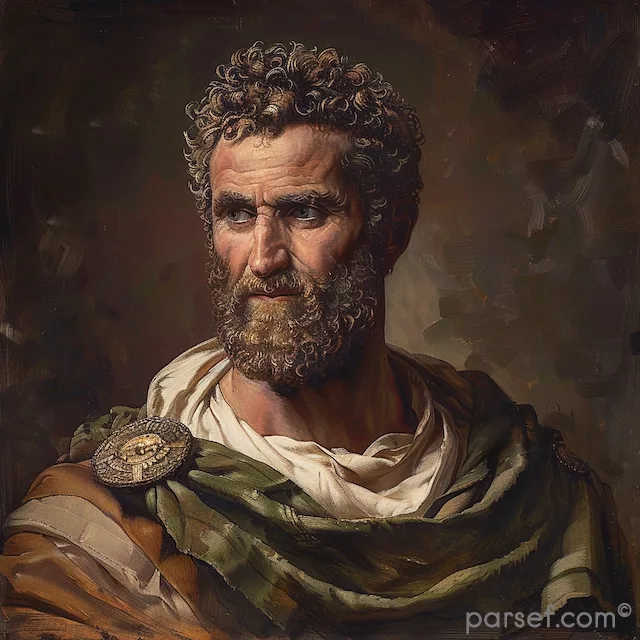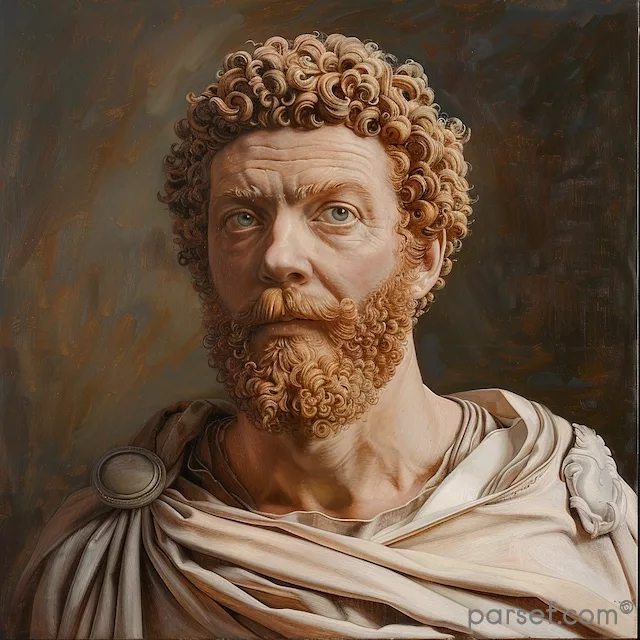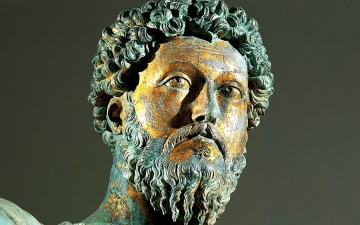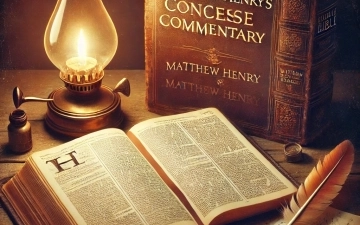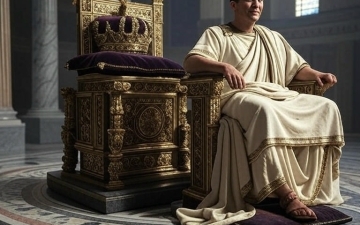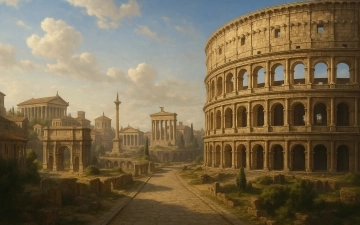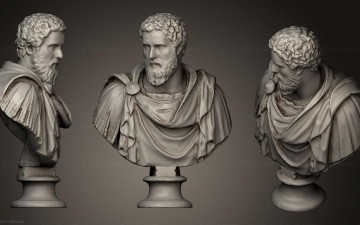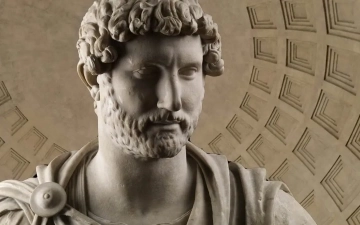Caracalla: The Emperor of Bloodshed and the Architect of Roman Citizenship

Caracalla, son of the formidable Emperor Septimius Severus, is a complex and contradictory figure in Roman history. Often remembered for his brutality and paranoia, he is equally renowned for one of the most far-reaching edicts in Roman law.
His reign was marked by a tumultuous blend of violence and reform. Shortly after ascending to power alongside his brother Geta, Caracalla engineered the assassination of his co-emperor. This fratricide, a shocking act even by Roman standards, plunged the empire into a period of fear and uncertainty. Caracalla’s paranoia grew, leading to a reign of terror marked by purges of potential rivals and the execution of countless innocent people.
Yet, amidst the blood and brutality, Caracalla also left a significant and enduring legacy. His most famous edict, the Constitutio Antoniniana, granted Roman citizenship to all free-born inhabitants of the Roman Empire. This sweeping reform had profound implications for the empire. It unified the legal system, extended Roman law to all citizens, and increased tax revenues. While motivated in part by a desire to increase tax income, the edict also represented a significant step towards the creation of a more unified Roman world.
Caracalla was also a patron of the arts and architecture. His most famous building project, the Baths of Caracalla, remains one of Rome's most impressive ancient ruins. These public baths were a testament to Roman engineering and a symbol of the empire's opulence.
However, the extravagance and brutality of Caracalla's reign ultimately undermined his authority. His assassination in 217 AD brought an end to his tumultuous rule. Despite his short life, Caracalla left an indelible mark on the Roman Empire. His legacy is a complex one, a blend of cruelty, reform, and extravagance.
Caracalla's reign serves as a stark reminder of the complexities of power and the human capacity for both great cruelty and great vision. His life and death offer a fascinating glimpse into the turbulent world of Roman imperial politics.
Related Posts
Marcus Aurelius: Philosophy and Leadership in the Midst of Turmoil
In the annals of Roman history, the name Marcus Aurelius stands as a symbol of wisdom, Stoic philosophy, and leadership during times of great adversity. His reign as Emperor from 161 to 180 CE coincided with challenging periods for the Roman Empire, including external threats and internal strife. In this...
Read MoreMatthew Henry’s Concise Commentary: A Timeless Guide to Biblical Understanding
Matthew Henry’s Concise Commentary on the Whole Bible is one of the most enduring and widely used resources for Bible study. Known for its clarity, depth, and spiritual insight, this commentary distills the essence of Matthew Henry’s original six-volume work into a shorter, more accessible format. It has been cherished...
Read MoreFrom Roman Thrones to Heavenly Crowns: The Emperor and the Rise of Catholicism
Once upon a time in the bustling heart of ancient Rome, emperors wore laurel wreaths and ruled sprawling empires with iron fists. Temples to Jupiter and Mars dotted the skyline, and gladiators clashed in the Colosseum under the approving gaze of the gods of Olympus. And yet, within this world...
Read MoreMajestic Ancient Rome: Unveiling the Timeless Splendor of Ancient Roman History Architectural Marvel and Colosseum
Introduction The history of Rome is an intricate weave of power, culture, and art. It gives ample narratives ever since the rise of the Roman Republic until the Empire Era Greco-Roman civilization is captivating for the world, historians and travelers as well. In this article we tell the story of...
Read MoreDidius Julianus: The Emperor Who Bought the Roman Empire
The year 193 AD was a tumultuous one for Rome. The assassination of the capable Pertinax plunged the empire into a crisis of leadership. The Praetorian Guard, the elite imperial bodyguards, found themselves without a master and, true to their corrupt nature, decided to auction off the imperial throne. In...
Read MoreHadrian: Building Walls and Bridges in Ancient Rome
In the annals of Roman history, Emperor Hadrian stands out as a multifaceted ruler known for his significant architectural projects, military achievements, and contributions to the empire's cultural development. His reign, from 117 to 138 CE, was marked by a commitment to both defending and connecting the vast Roman territories....
Read More

